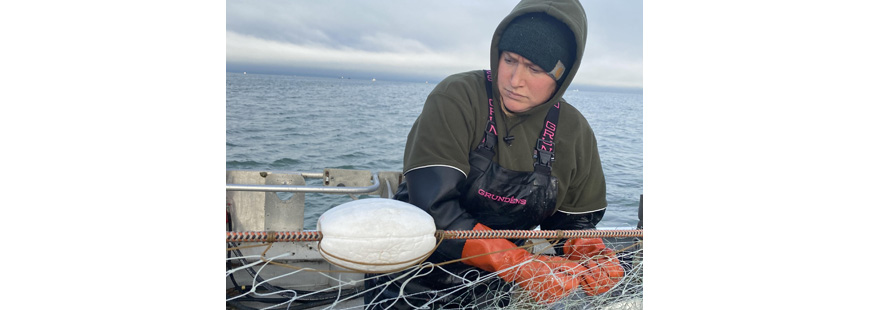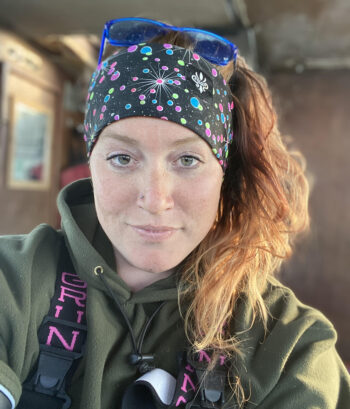For National Women’s History Month, the Marine Fish Conservation Network is celebrating women’s contributions to America’s commercial fishing industry. We have been delighted to share the views and experiences of a few of these women with you.
Today, we hear from Hannah Heimbuch, who was born and raised in Homer, AK and currently lives in Kodiak. She is a commercial drift and setnet salmon fisherman and a commercial longline halibut fisherman.
How did you get “hooked” on commercial fishing as a career?
I was born into the fishing life. My grandparents and parents fished in Alaska. I was raised among hard-working men and women, and fish talk was the background of just about every social happening and big family event. I was in my 20s before I ended up working on my dad’s boat for the first time, but it was like coming home. That was it for me. It was something I was born to be a part of, and once I started working on deck, there wasn’t any other life for me.
How has the commercial fishing industry changed for women over the years?
Women have always been an integral part of the industry. With so many family operations, in both our indigenous communities and the families that have immigrated here from other places, it’s common for men and women and multiple generations to work alongside each other. What’s changed in my generation, I think, is the amount of women owners and skippers we’re seeing. Women are in leadership roles on deck and in communities more so than ever.
What has commercial fishing taught you about our relationship to the oceans and its natural resources?
I truly believe the fishermen are vital ambassadors to the wild landscape. With so much of humanity less and less connected to the natural world, it is so important for those of us who can be witness to it, to tell its stories, show how we’re part of it, and ultimately be leaders in stewarding it and continuing to hold up our end of the bargain — taking care of the natural resources that have provided for us.
How can we better support working waterfronts and the people and families that depend on healthy fisheries?
Science and place-based stewardship. We need to support science-based management. And we need to support coastal communities and seafood providers as key partners in resilience and conservation. Prioritize food production as a part of the story of long-term resilience.




